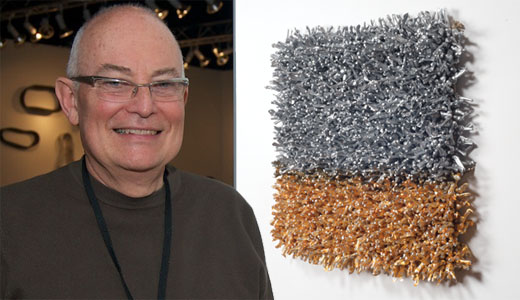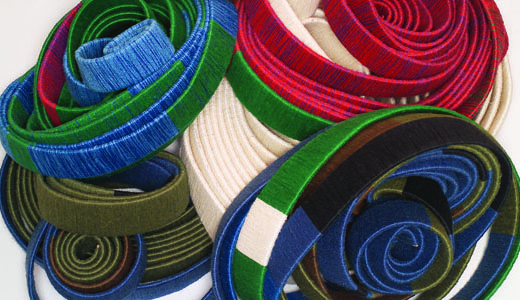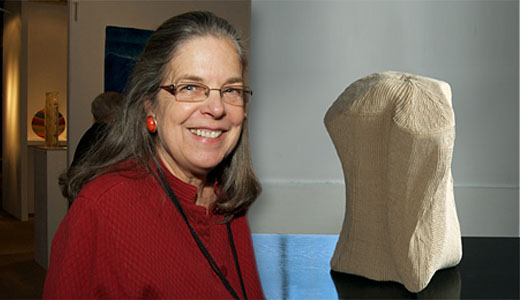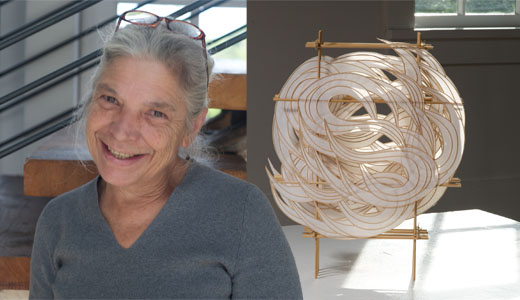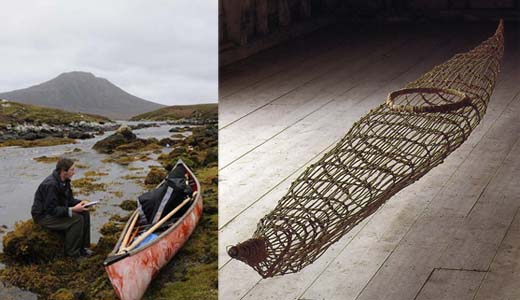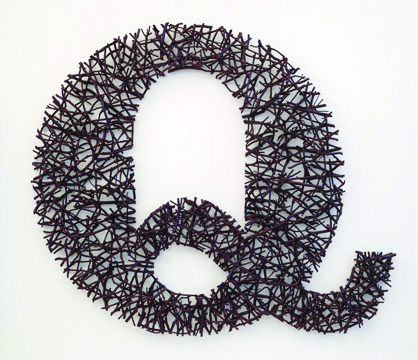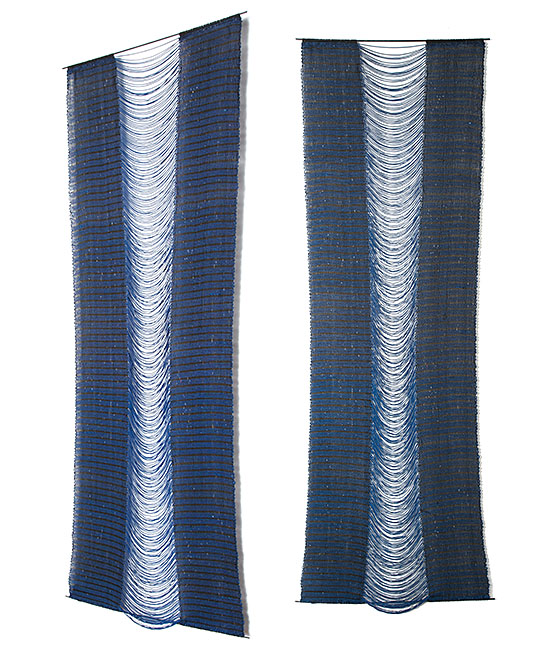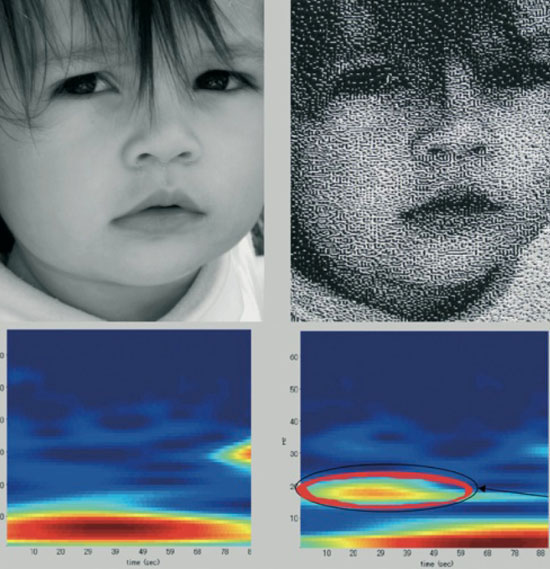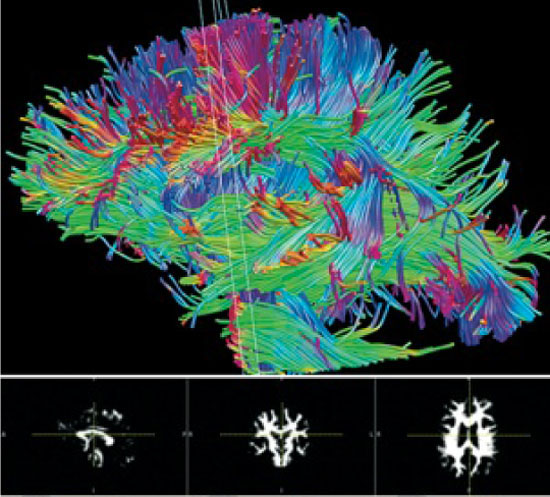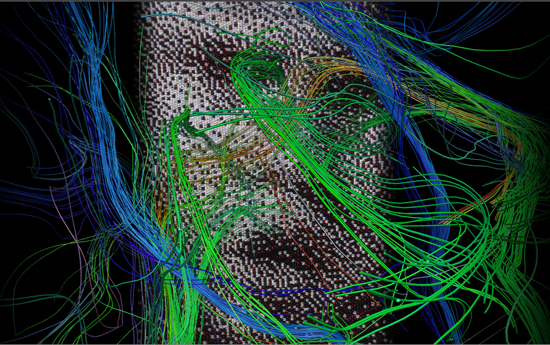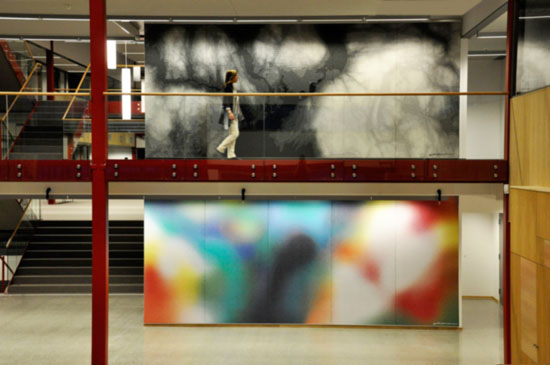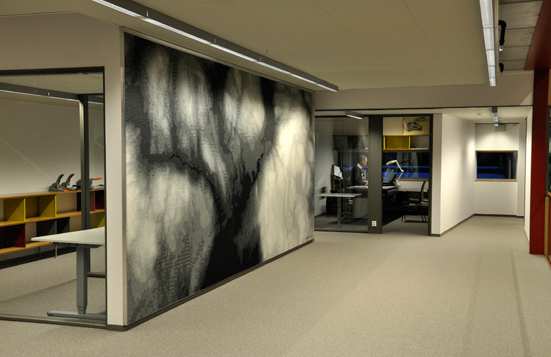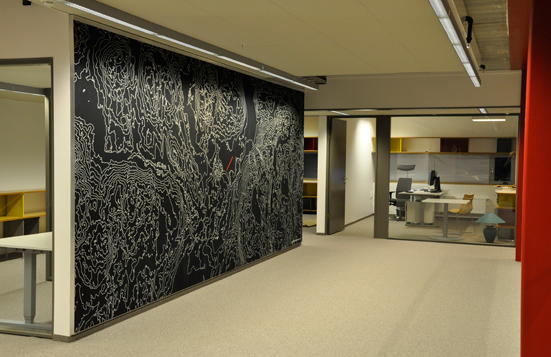Here’s a list of opportunities to connect this summer with the artists that browngrotta arts promotes and information on an interesting Archaeological Textile Course at Bryn Mawr:
Lewis Knauss
August 22nd to August 26th
Anderson Ranch Arts Center, Snowmass Village, CO
http://www.AndersonRanch.org
“Advanced Fiber Workshop”
Sheila Hicks
May 5th, 10:30 a.m.
Institute of Contemporary Art, Philadelphia
http://www.icaphila.orgWalkthrough: Sheila Hicks: 50 Years
Nancy Moore Bess
April 29th to May 10th
Snow Farm, Williamsburg MA
http://www.snowfarm.org
“Japanese Inspired Baskets”
June 5th to 11th
Snow Farm, Williamsburg MA
http://www.snowfarm.org
“Japanese Inspired Baskets”
June 24th to 28th
Peters Valley Craft Center, Layton NJ
http://www.petersvalley.org
“Japanese Packaging: Paper, Baskets & More”
July 9th and 10th
Garage Annex School (GAS), Easthampton MA
http://www.garageannexschool.com
“Japanese Packaging: Seeking a Narrative”
July 17th, 12 to 3 pm
Museum of Fine Arts, Boston MA
http://www.mfa.org/programs
Artist Demonstration, “Bamboo and Tea”
Exhibition: “An Unspoken Dialogue with Japanese Tea”
August 12th
Berkshire Botanical Garden, Stockbridge MA
http://www.berkshirebotanical.org
“Wrapping Your Garden: Herbs, Flowers & Veggies”
Pat Campbell
July 25th to July 29th
Waynflete School, Portland, ME
http://www.waynflete.org/podium/default.aspx?t=124856“Weaving Works” for Grades 3-8
Chris Drury
May 3rd
Tagore Festival, Dartington, Devon, UK
http://www.tagorefestival.com
“Artist’s Talk”
Gyöngy Laky
May 26th, 6 p.m.
The Textile Museum. Washington D.C.
http://www.textilemuseum.org/green
Lecture: “Geometric Disturbances”
July 17th to July 29th
Haystack Mountain School of Crafts, Deer Isle, Maine
http://www.haystack-mtn.org/workshops.php
Visiting Artist
Carolina Yrarrázaval
August 15th to August 21st
Santiago/Valparaiso/Ilsa Negra, Chile
http://www.yrarrazaval.com
“Pre-Columbian Textile Techniques Workshop”
click for details
 For extra credit, at Bryn Mawr
For extra credit, at Bryn Mawr
June 5th to June 11th
Bryn Mawr College, Bryn Mawr, PA
cipstextiles@gmail.com
“Textile Archea: CIPS Archaeological Textile Course”
(Centers on the tools and techniques employed in the analysis of
archaeological textile materials of ancient Peru and introduces students to the archaeology of the Andes.)

